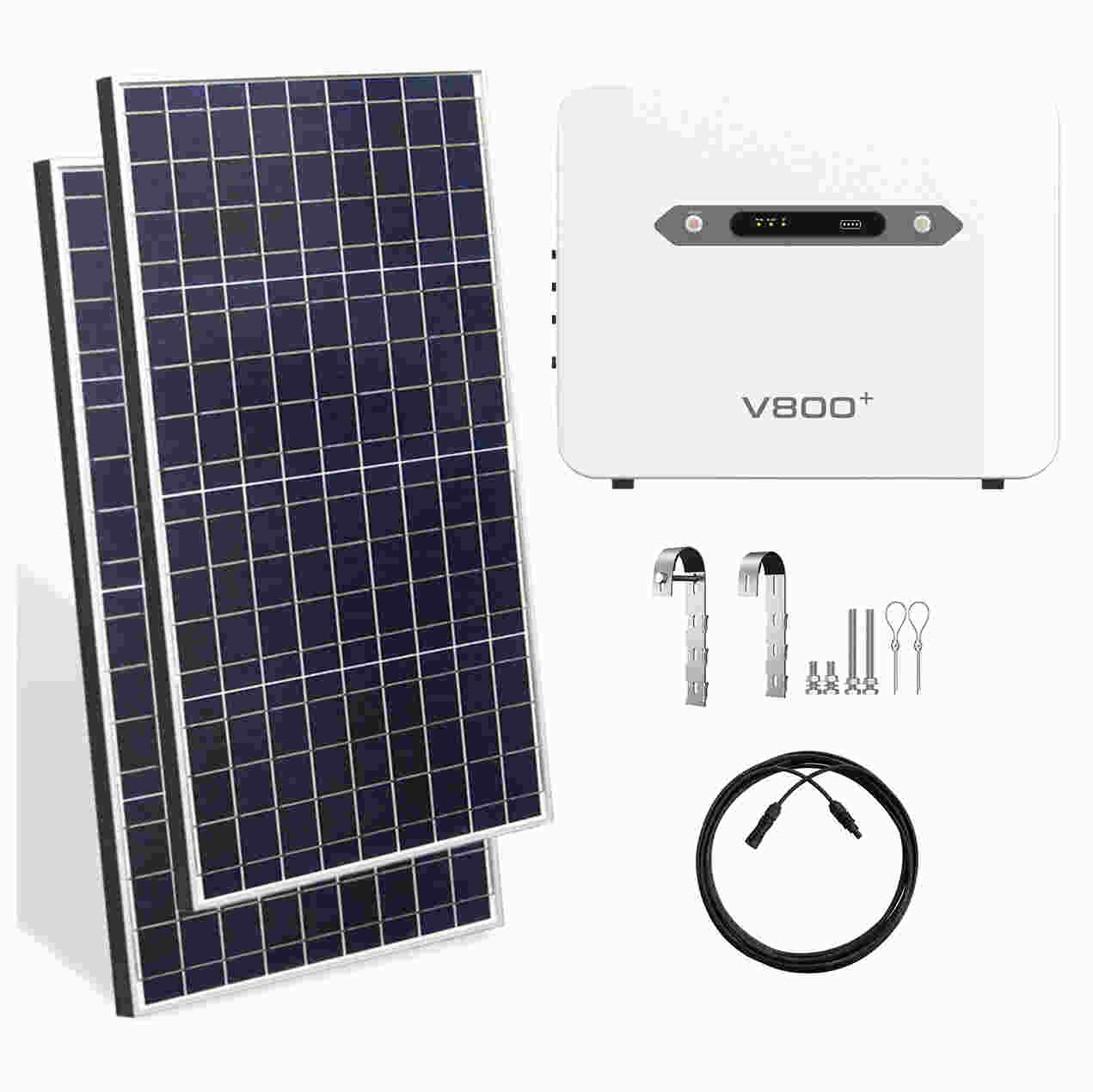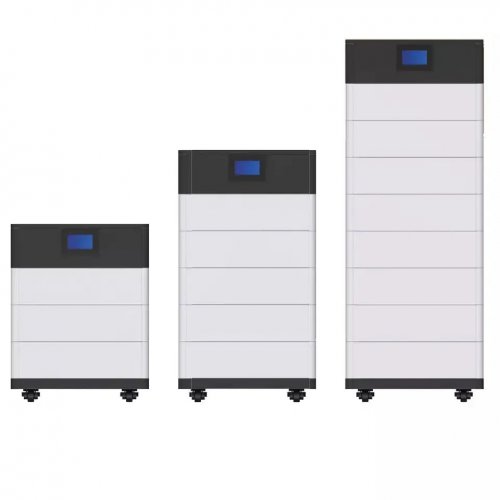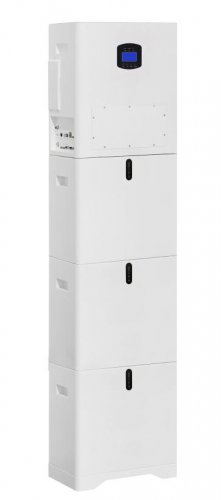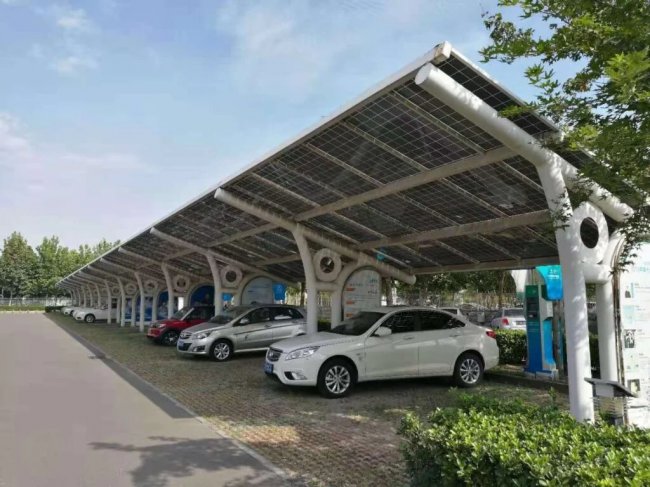How To Use Overcharge Protection: A Comprehensive Guide To Extending Battery Lifespan
Overcharge protection is a critical safety and battery health feature integrated into most modern electronic devices, from smartphones and laptops to electric vehicles and renewable energy systems. Its primary function is to prevent a battery from continuing to charge after it has reached its full capacity, thereby avoiding excessive voltage, heat generation, and potential damage that can significantly shorten the battery's overall lifespan.
This guide provides a detailed walkthrough on how to effectively utilize overcharge protection, along with practical tips and essential precautions to ensure your devices remain safe and your batteries last longer.
At its core, overcharge protection is managed by an internal circuit or a smart battery management system (BMS). This system continuously monitors the battery's voltage and temperature. Once the battery reaches 100% charge, the system intervenes. It does one of two things: it either cuts off the power supply completely, or, more commonly in modern devices, it switches to a "trickle charge" or "maintenance" mode. In this state, the device runs directly off the power adapter, and the battery receives only a tiny, intermittent charge to keep it at 100% without subjecting it to the stress of a continuous high-voltage charge.
Using overcharge protection is largely passive, as it's a built-in feature. However, proper usage ensures it functions as intended.
Step 1: Use Official or Certified Charging Equipment Always use the charger and cable that came with your device or a reputable, MFi (Made for iPhone) or equivalent certified third-party accessory. These are designed to communicate correctly with your device's BMS. Cheap, uncertified chargers may lack the proper circuitry to support the device's overcharge protection protocols, potentially leading to unsafe charging conditions.
Step 2: Connect Your Device for Charging Plug your charger into a wall outlet and connect it to your device. There is no special mode or setting to activate; the overcharge protection is automatic and always active when the device is charging.
Step 3: Allow the Device to Charge You can leave your device connected to the charger after it reaches 100%. The internal protection circuit will engage, preventing overcharging. It is perfectly safe to charge your phone or laptop overnight, thanks to this feature.
Step 4: Disconnect When Convenient While safe, it is not always necessary to keep the device plugged in indefinitely. For long-term health, a good practice is to unplug the device once it's fully charged if you are able to do so.
While overcharge protection handles the immediate danger, long-term battery health is influenced by broader charging habits.
1. Avoid Constant Top-Ups at 100%: Lithium-ion batteries, which power most electronics, experience less stress when maintained between 20% and 80% charge. If you plan to store a device for a long period, a charge level of around 50% is ideal. 2. Mind the Temperature: Extreme heat is the number one enemy of battery health. Never charge your device under your pillow, on a soft surface, or in direct sunlight. High temperatures during charging can degrade the battery faster and, in rare cases, pose a safety risk even with overcharge protection. 3. Enable Optimized Charging Features: Many operating systems now include smart features that work alongside hardware protection. For instance:Apple iOS: "Optimized Battery Charging" learns your daily routine and waits to finish charging past 80% until you need to use it.Google Android: "Adaptive Charging" performs a similar function, aiming to have your phone reach 100% just before your morning alarm. Ensure these software features are enabled in your device's battery settings to maximize battery longevity. 4. Focus on Charge Cycles: A charge cycle is defined as using 100% of your battery's capacity, not necessarily from a single charge. Discharging from 100% to 50% twice counts as one cycle. Minimizing full 0-100% cycles can help prolong the battery's life.
1. Do Not Rely on Protection with Damaged Equipment: If your device, battery, or charger is physically damaged (e.g., a swollen battery, frayed cable, or cracked charger), stop using it immediately. Overcharge protection cannot be guaranteed if the hardware is compromised. 2. Be Wary of Cheap Power Banks: Low-quality power banks may not have robust overcharge protection for their own internal cells or for the device you are charging. Invest in products from reliable brands. 3. Unplug During Thunderstorms: While overcharge protection guards against electrical issues from the charger, it is not a surge protector. To safeguard your device from power surges caused by lightning, unplug it during electrical storms. 4. Understand the Limits for Older Devices: Very old devices with nickel-cadmium (NiCd) batteries may not have advanced protection circuits. It's best to avoid leaving them plugged in for extended periods after a full charge.
In conclusion, overcharge protection is a vital, automatic feature that provides essential safety for your devices. By using certified accessories, avoiding extreme temperatures, and leveraging software-based optimized charging, you can work in tandem with this built-in protection to significantly extend the health and lifespan of your batteries. Trust the technology for overnight charging, but also adopt smarter habits to keep your battery performing optimally for years to come.
Customized/OEM/ODM Service
HomSolar Supports Lifepo4 battery pack customization/OEM/ODM service, welcome to contact us and tell us your needs.


HomSolar: Your One-stop LiFePO4 Battery Pack & ESS Solution Manufacturer
Our line of LiFePO4 (LFP) batteries offer a solution to demanding applications that require a lighter weight, longer life, and higher capacity battery. Features include advanced battery management systems (BMS), Bluetooth® communication and active intelligent monitoring.

Customised Lithium Iron Phosphate Battery Casing
ABS plastic housing, aluminium housing, stainless steel housing and iron housing are available, and can also be designed and customised according to your needs.

HomSolar Smart BMS
Intelligent Battery Management System for HomSolar Energy Storage System. Bluetooth, temperature sensor, LCD display, CAN interface, UART interface also available.


Terminals & Plugs Can Be Customized
A wide range of terminals and plugs can be customised to suit the application needs of your battery products.

Well-designed Solutions for Energy Storage Systems
We will design the perfect energy storage system solution according to your needs, so that you can easily solve the specific industry applications of battery products.



About Our Battery Cells
Our energy storage system products use brand new grade A LiFePO4 cells with a battery lifespan of more than 4,000 charge/discharge cycles.



Applications in Different Industries
We supply customized & OEM battery pack, assemble cells with wiring, fuse and plastic cover, all the cell wires connected to PCB plug or built BMS.
Applications: E-bike, Electric Scooter, Golf Carts, RV, Electric Wheelchair, Electric Tools, Robot Cleaner, Robot Sweeper, Solar Energy Storage System, Emergency Light, Solar Power Light, Medical Equipment, UPS Backup Power Supply.
We can provide you with customized services. We have the ability to provide a vertical supply chain, from single cells to pack/module and to a complete power solution with BMS, etc.


HomSolar (Shenzhen) Technology Co., Ltd
























